Service Area
Charlotte County | Manatee County
Sarasota County | Lee County
Desoto County
The Impact of Climate Change on Your Home Cooling Needs
The Impact of Climate Change on Your Home Cooling Needs

Are you worried about the increasing heat waves and unpredictable weather patterns? As the effects of climate change become more apparent, it's important to consider how it will impact our day-to-day lives, including our cooling needs at home. In this article, we will explore the ways in which climate change affects our homes and how we can adapt to ensure comfortable living for ourselves and our families.
What is Climate Change?
Climate change is a term used to describe long-term shifts in temperature and weather patterns that are caused by human activities, specifically the burning of fossil fuels. This results in rising global temperatures, melting ice caps, and alterations in precipitation patterns. These changes have a significant impact on ecosystems, sea levels, and weather events. Additionally, climate change leads to more frequent and severe heatwaves, storms, and droughts.
It is essential for individuals and communities to understand the concept of climate change in order to take action and reduce its effects. This can include decreasing greenhouse gas emissions, adapting to changing conditions, and promoting sustainable practices.
How Does Climate Change Affect the Environment?
Climate change has a multitude of impacts on the environment, altering ecosystems and natural processes. These effects include:
- Rising temperatures: Climate change leads to an increase in average temperatures globally, resulting in heatwaves and changes to habitats for plants and animals.
- Increased humidity: Warmer temperatures increase evaporation rates, leading to higher humidity levels in certain regions. This can disrupt ecosystems that are adapted to specific humidity ranges.
- Extreme weather events: Climate change intensifies extreme weather events such as hurricanes, floods, and droughts. These events can have devastating effects on ecosystems and disrupt the balance of natural habitats.
- Changes in air quality: Climate change influences air quality by contributing to the formation of pollutants and worsening existing pollution. This has an impact on human health and the functioning of ecosystems.
Understanding these impacts is crucial for developing effective strategies to mitigate and adapt to climate change, protecting the environment for future generations.
What Are the Causes of Climate Change?
Climate change is primarily caused by human activities that release greenhouse gases into the atmosphere. The main causes of this phenomenon include:
- Burning fossil fuels: The combustion of coal, oil, and natural gas for energy production releases carbon dioxide (CO2) into the atmosphere.
- Deforestation: The act of cutting down trees reduces the planet's capacity to absorb CO2, leading to higher concentrations of greenhouse gases.
- Industrial processes: Certain industrial activities emit greenhouse gases, such as methane (CH4) and nitrous oxide (N2O).
- Agricultural practices: Farming methods, including rice cultivation and livestock production, release significant amounts of CH4 and N2O.
To effectively combat climate change, it is crucial to transition to renewable energy sources, promote sustainable agricultural practices, and implement policies that reduce greenhouse gas emissions. Additionally, individuals can contribute by adopting energy-efficient habits and supporting initiatives that prioritize environmental sustainability.
How Does Climate Change Impact Home Cooling Needs?
As the effects of climate change become more prevalent, it’s important to understand how this phenomenon can impact our daily lives. Specifically, the rising temperatures and changing weather patterns can greatly affect our home cooling needs. In this section, we will discuss the various ways in which climate change can impact our home cooling systems, including rising temperatures, increased humidity, extreme weather events, and changes in air quality. By understanding these factors, we can better prepare for the changing climate and its effects on our homes.
1. Rising Temperatures
Rising temperatures due to climate change have a significant impact on the cooling needs of homes. To address this issue, consider taking the following steps:
- Upgrade to energy-efficient air conditioning systems to reduce energy consumption and lower cooling costs.
- Install smart thermostats to optimize cooling schedules and temperature settings.
- Improve insulation in your home to prevent heat transfer and maintain a comfortable indoor temperature.
- Use window coverings like blinds or curtains to block out sunlight and reduce heat gain.
- Plant trees or install awnings to provide shade to your home and reduce outdoor heat absorption.
By implementing these measures, you can mitigate the impact of rising temperatures and create a more sustainable and comfortable living environment.
2. Increased Humidity
Increased humidity is a significant effect of climate change that can impact home cooling needs. To address this issue, here are some steps you can take:
- Invest in a dehumidifier to reduce indoor levels of humidity.
- Ensure proper ventilation in your home to allow moisture to escape.
- Use exhaust fans in kitchens and bathrooms to eliminate excess humidity.
- Seal any air leaks in your home to prevent moisture from entering.
- Maintain your HVAC system to ensure it effectively removes humidity from the air.
These steps can help create a more comfortable indoor environment and ease the strain on your cooling system caused by increased humidity.
3. Extreme Weather Events
Extreme weather events are a consequence of climate change and can significantly impact the need for home cooling. Here are some steps to address these challenges:
- Prepare for power outages: Invest in backup power sources, such as generators or solar panels, to ensure continuous operation of cooling systems during extreme weather events.
- Improve insulation: Enhance insulation in your home to minimize heat transfer during extreme temperatures, reducing the load on cooling systems.
- Install storm-proof windows and doors: Protect your home from severe weather conditions like hurricanes or strong winds by installing impact-resistant windows and doors.
- Maintain and service cooling systems: Regularly clean and inspect your cooling systems to ensure optimal performance during extreme weather events.
- Consider alternative cooling options: Explore alternative cooling methods, such as evaporative coolers or heat pumps, which may be more resilient during extreme weather conditions.
4. Changes in Air Quality
Climate change has significant implications for air quality, which in turn affects home cooling needs. To combat the changes in air quality caused by climate change, there are several steps that can be taken:
- Regularly clean and replace air filters to remove pollutants and improve indoor air quality.
- Invest in air purifiers or ventilation systems to remove allergens and pollutants from the air.
- Minimize the use of products that emit harmful pollutants, such as certain cleaning supplies and aerosol sprays.
- Reduce outdoor air pollution by using electric or hybrid vehicles and supporting initiatives to improve air quality.
- Plant trees and maintain green spaces around your home to help filter air pollutants.
After implementing these steps, a family living in an area with high levels of air pollution noticed a significant improvement in their indoor air quality. They experienced fewer respiratory issues and their home environment became more comfortable and healthy.
What Are the Solutions to Combat Climate Change and Reduce Home Cooling Needs?
As climate change continues to affect our planet, it is important to consider its impact on our daily lives, including our home cooling needs. In this section, we will explore various solutions that can help combat climate change and reduce our reliance on cooling systems. From opting for energy-efficient cooling systems to utilizing renewable energy sources, and ensuring proper insulation and home maintenance, there are several ways to not only reduce our carbon footprint but also improve our cooling efficiency. Let's dive into these solutions and their potential benefits for our homes and the environment.
1. Energy Efficient Cooling Systems
To reduce energy consumption and combat climate change, it is important to have energy-efficient cooling systems. Here are some steps to consider:
- Choose an air conditioner with the ENERGY STAR label for high efficiency.
- Properly size and install the cooling system for optimal performance.
- Maintain and clean the system regularly to maximize efficiency.
- Use programmable thermostats to control temperature settings and decrease energy usage.
- Consider utilizing fans or ceiling fans to supplement cooling and decrease reliance on air conditioning.
After upgrading to an energy-efficient cooling system, a family noticed a significant decrease in their energy bills and a more comfortable living environment. They were able to enjoy the benefits of a cool home while also reducing their carbon footprint.
2. Renewable Energy Sources
Renewable energy sources play a crucial role in combating climate change and reducing home cooling needs. Here are steps to incorporate these sources for a more sustainable cooling solution:
- Install solar panels to harness the power of the sun and generate clean electricity.
- Opt for geothermal systems that utilize the stable temperature of the earth for cooling purposes.
- Consider wind turbines to generate renewable energy, especially in areas with consistent wind patterns.
- Use biomass energy systems that convert organic waste into usable energy for cooling.
- Explore hydropower options, such as small-scale hydro systems, if applicable to your location.
3. Proper Insulation and Home Maintenance
Proper insulation and home maintenance are essential in reducing energy consumption and improving cooling efficiency. Here are some steps to consider:
- Inspect and seal any air leaks around windows, doors, and ducts.
- Add insulation to the attic, walls, and floors to prevent heat transfer.
- Clean or replace air filters regularly to maintain optimal airflow.
- Ensure proper ventilation in the attic to prevent moisture buildup.
- Regularly maintain and tune up cooling systems to maximize efficiency.
How Can Roman's Service Cooling & Heating Help with Your Home Cooling Needs in North Port, Florida?
As the effects of climate change become increasingly apparent, so do our home cooling needs. In North Port, Florida, the hot and humid weather can make it challenging to maintain a comfortable indoor temperature without breaking the bank. That’s where Roman's Service Cooling & Heating comes in. With our expertise and services, we can help you navigate your home's cooling needs in a sustainable and cost-effective manner. In this section, we will discuss the various ways in which our team can assist you, including energy audits, efficient cooling system installations and maintenance, and expert advice on home maintenance for optimal cooling efficiency.
1. Energy Audits and Efficiency Recommendations
Energy audits are essential for evaluating the effectiveness of your home's cooling system and identifying areas for improvement. Here are the steps involved in an energy audit and recommendations for improving efficiency:
- Inspection: A certified professional will inspect your cooling system, insulation, windows, and doors to identify any potential issues.
- Data collection: They will gather information on energy consumption, such as utility bills and equipment specifications.
- Testing: Various tests, such as blower door tests and thermographic scans, may be conducted to detect any air leaks or insulation gaps.
- Analysis: The collected data and test results will be analyzed to determine areas of energy inefficiency and potential cost savings.
- Recommendations: Based on the analysis, the auditor will provide recommendations for improving efficiency, such as upgrading equipment, sealing air leaks, or adding insulation.
- Report: A detailed report will be provided, outlining the findings, recommendations, and estimated cost savings.
- Action: Implement the recommended efficiency measures to reduce energy consumption and lower the need for cooling.
2. Installation and Maintenance of Energy Efficient Cooling Systems
To ensure optimal performance and energy efficiency, follow these steps for the installation and maintenance of energy-efficient cooling systems:
- Hire a certified HVAC professional who specializes in energy-efficient cooling systems.
- Choose a cooling system that meets the specific needs of your home and climate.
- Properly size and install the system to ensure efficient operation.
- Regularly clean or replace air filters to maintain system efficiency.
- Keep the outdoor unit free from debris and vegetation for proper airflow.
- Schedule annual maintenance to check for any issues and ensure peak performance.
Fact: Energy-efficient cooling systems can reduce energy consumption by up to 50%, leading to significant cost savings and lower environmental impact.
3. Expert Advice on Home Maintenance for Optimal Cooling Efficiency
To ensure optimal cooling efficiency in your home, follow these expert maintenance tips:
- Clean or replace air filters regularly to improve airflow and reduce strain on your cooling system.
- Keep outdoor units clear of debris, such as leaves and branches, to allow for proper ventilation.
- Inspect ductwork for leaks and seal them to prevent air loss.
- Regularly clean and maintain the condenser coil to keep it functioning efficiently.
- Consider installing programmable thermostats to regulate temperature and save energy.
The body content of your post goes here. To edit this text, click on it and delete this default text and start typing your own or paste your own from a different source.
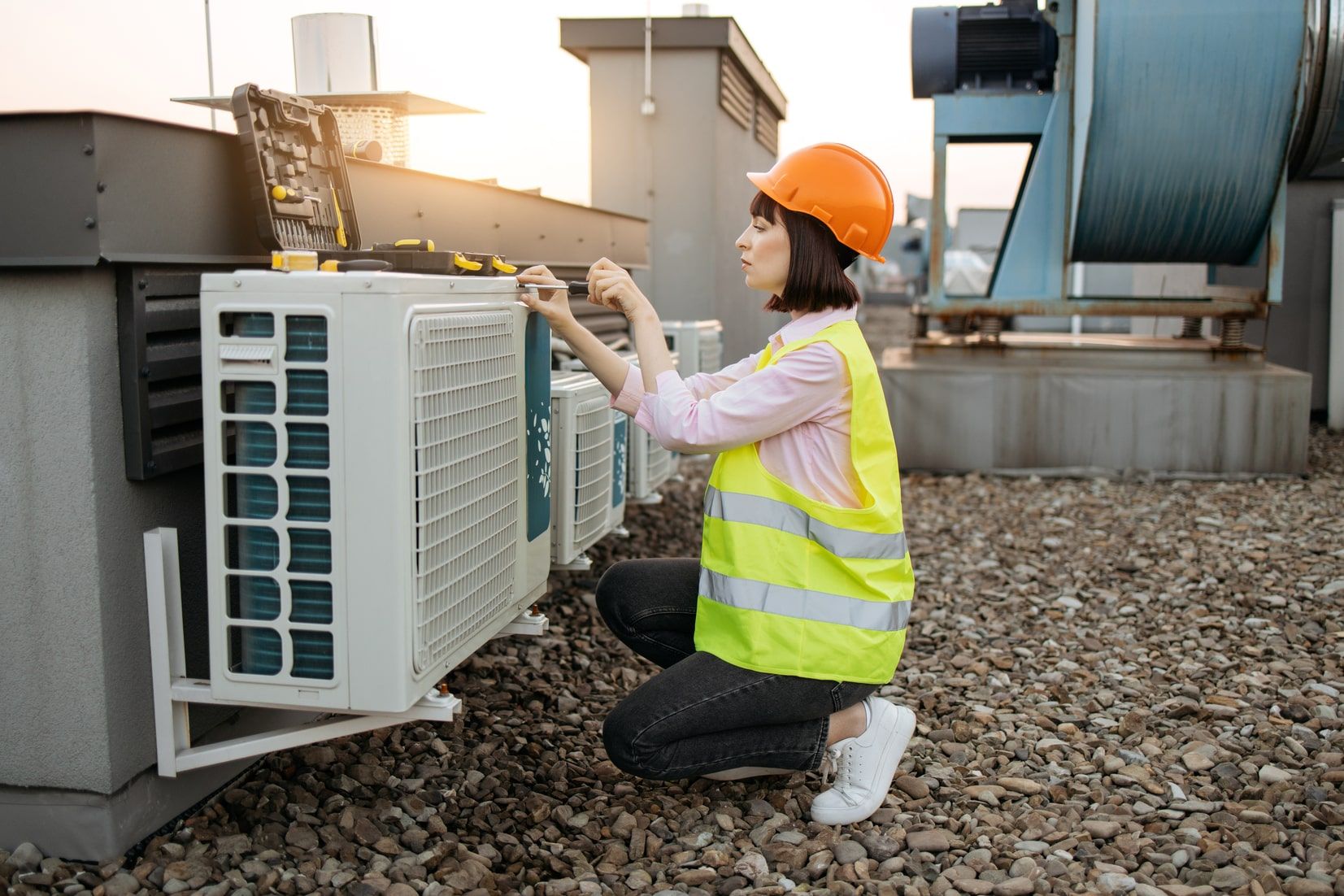
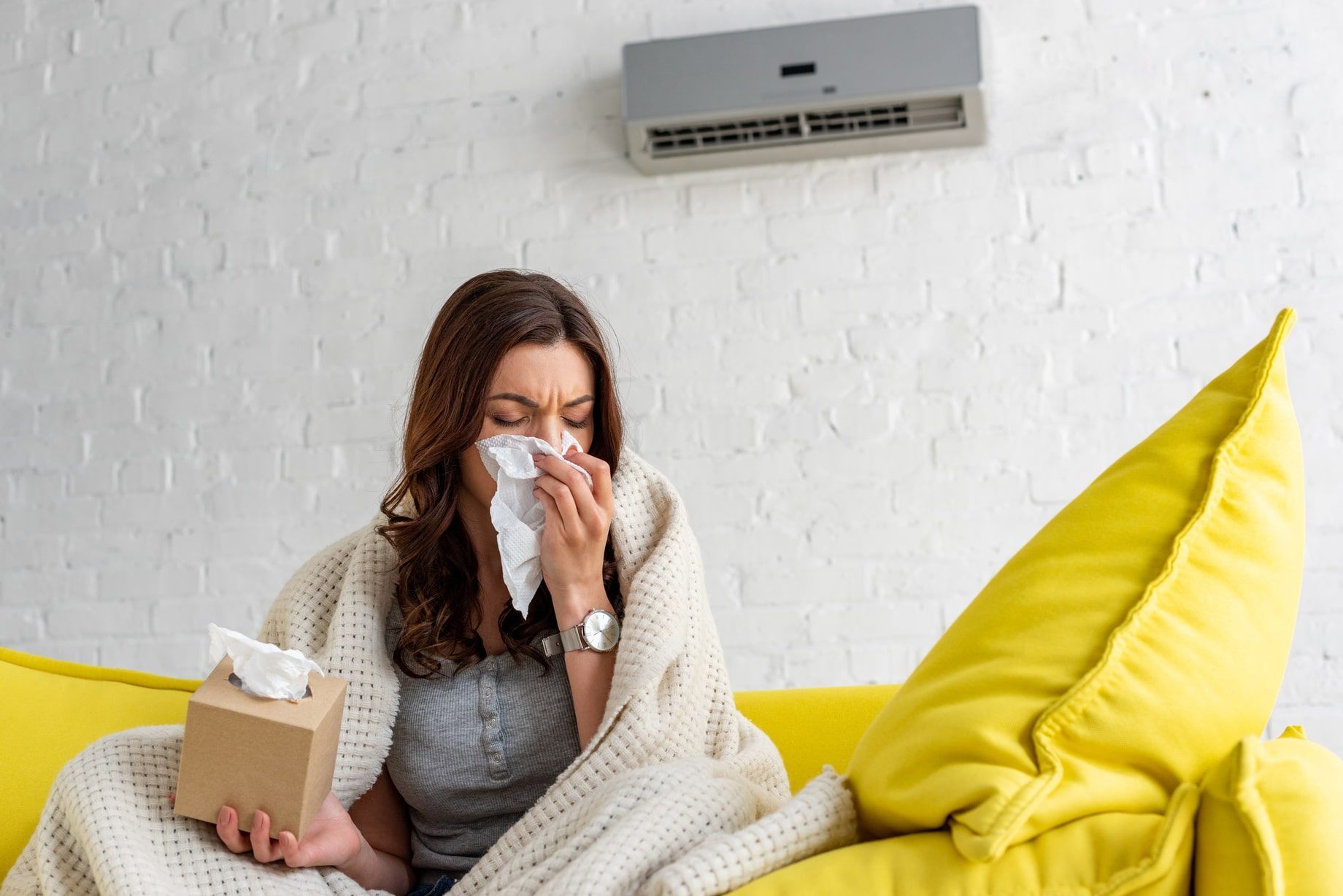
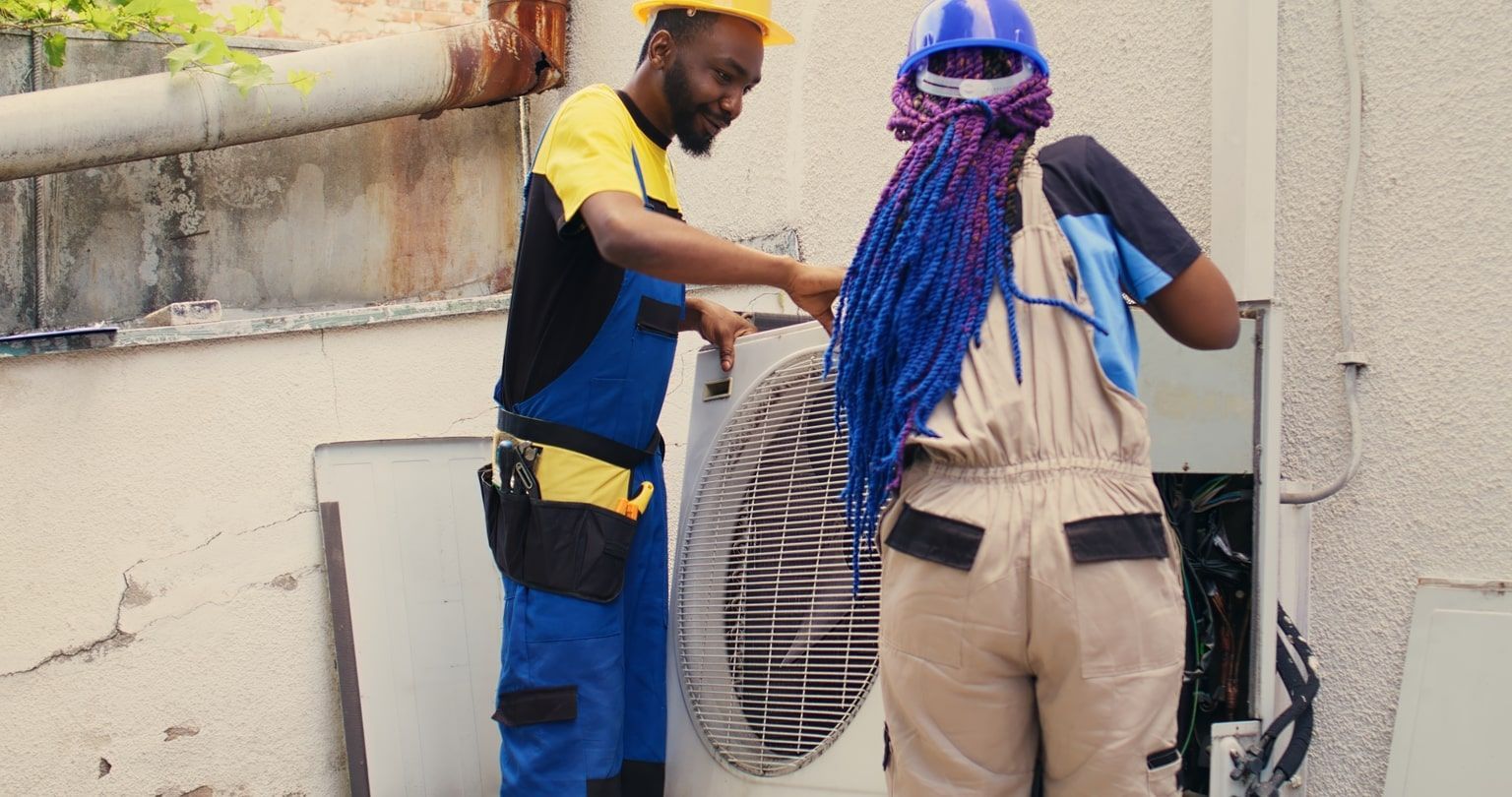
SERVING
and Surrounding Area
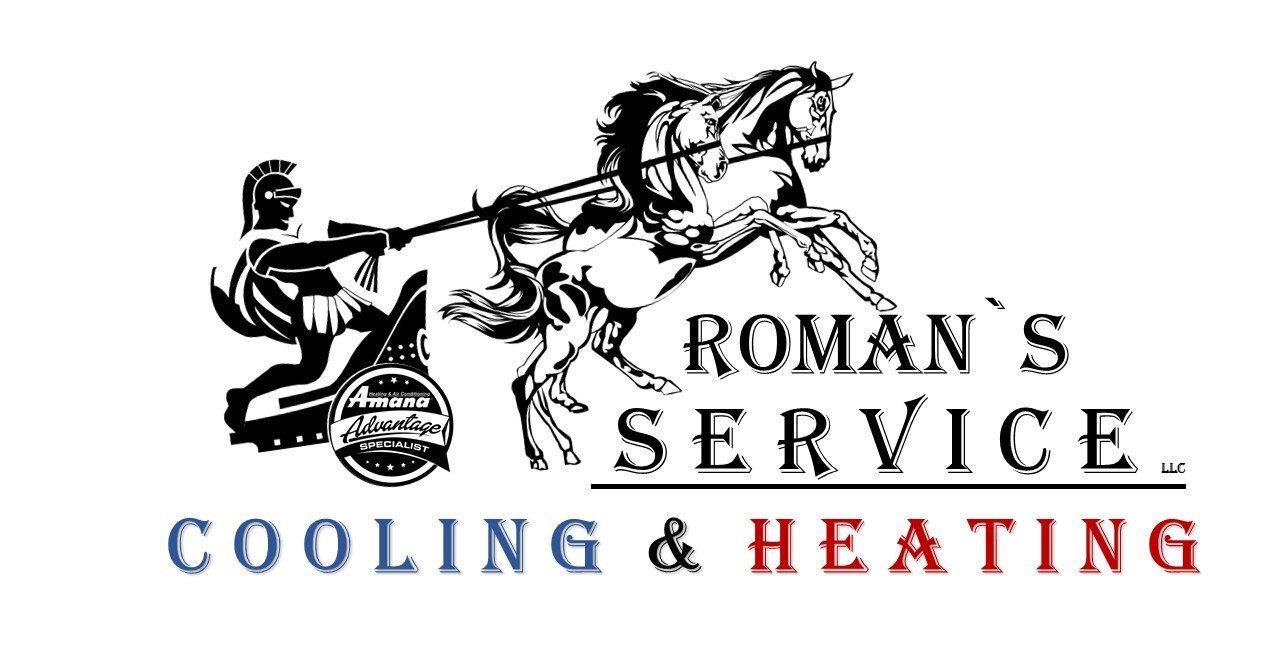
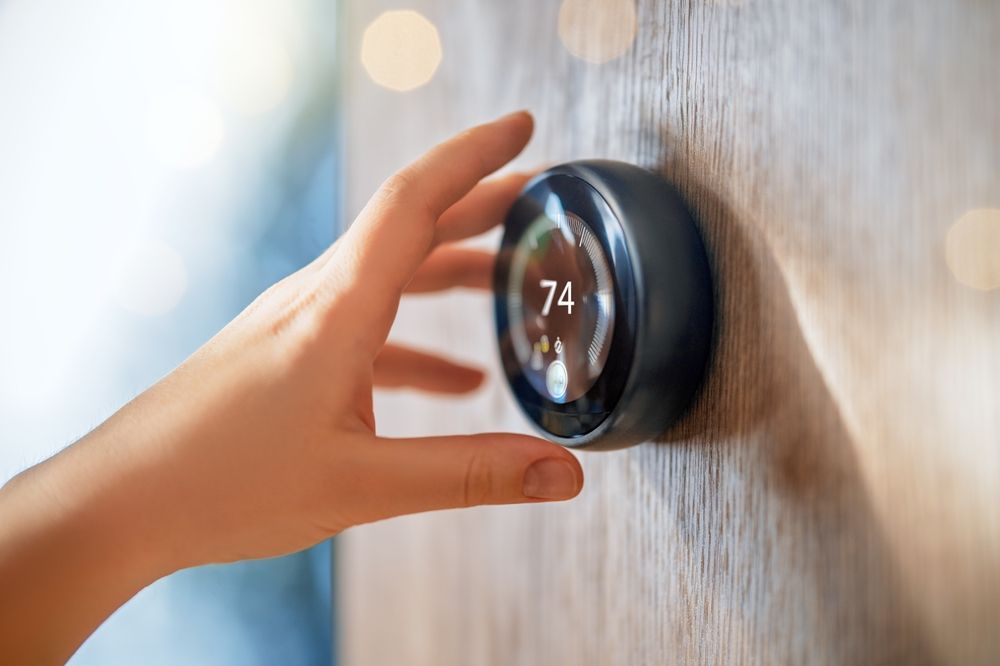

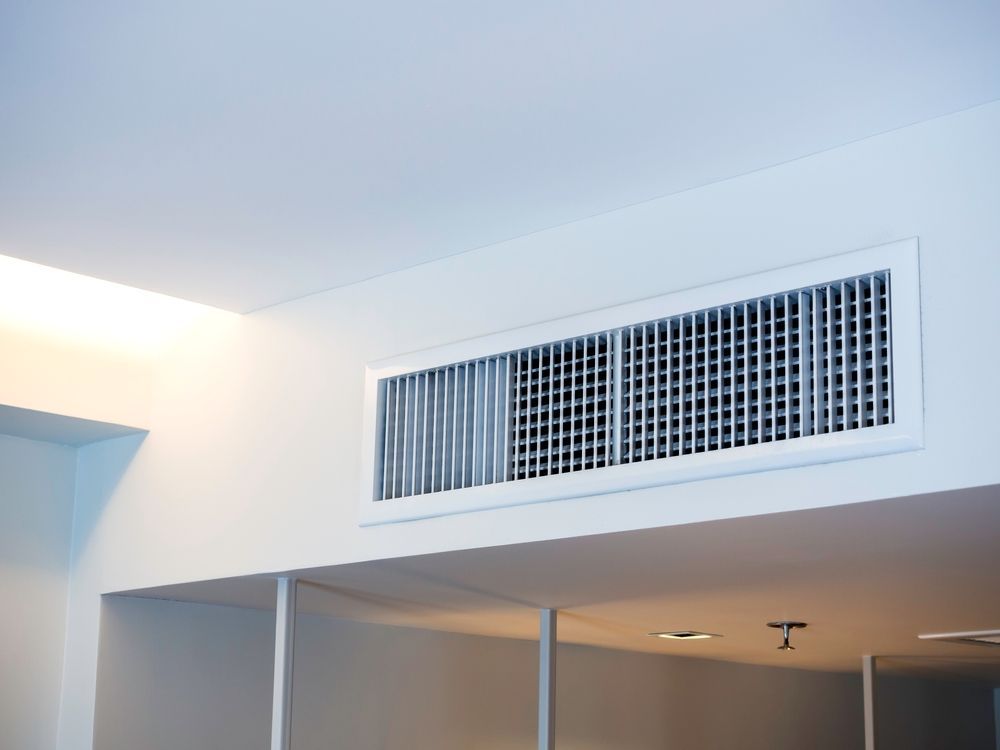
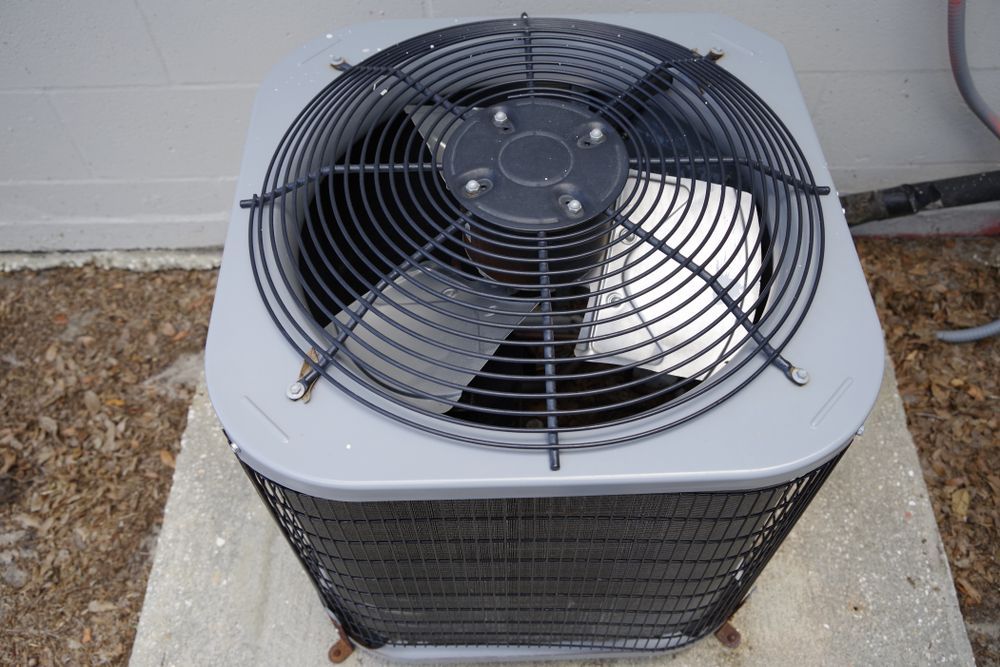
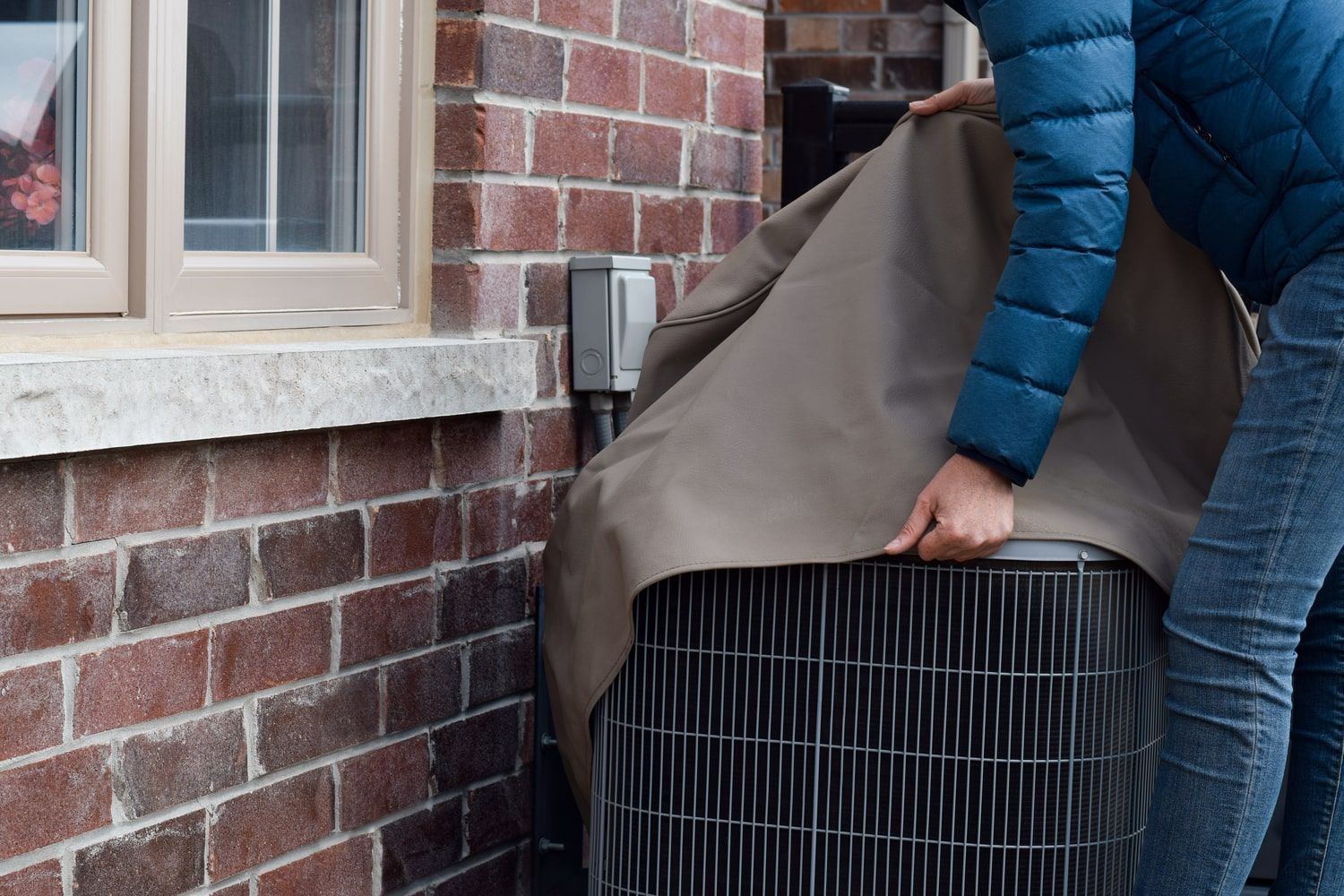
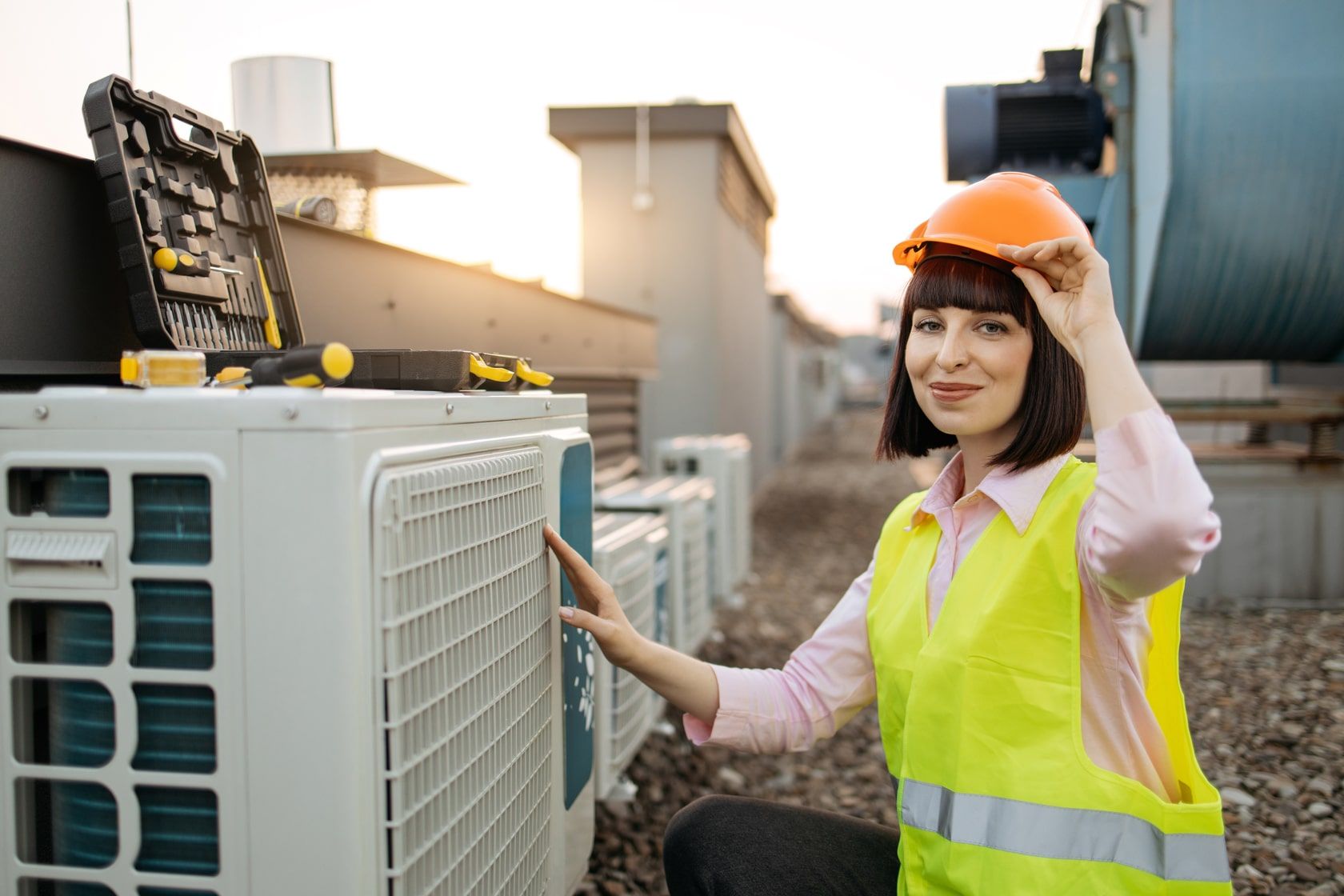
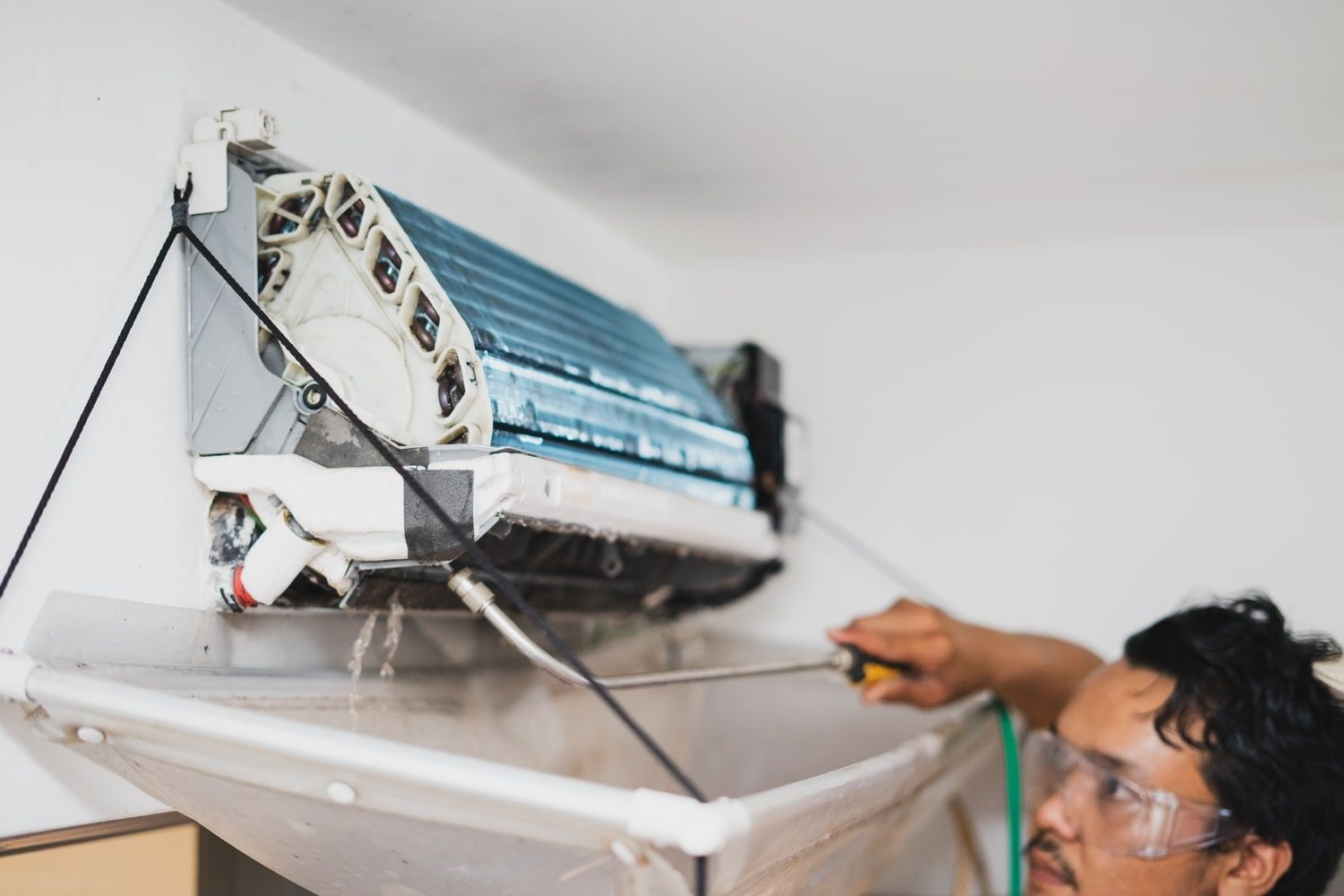
Share On: